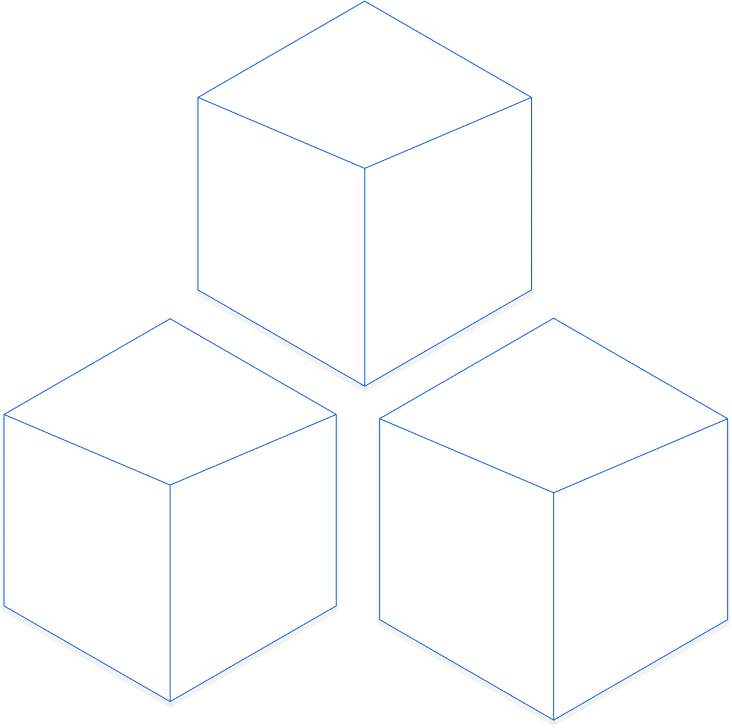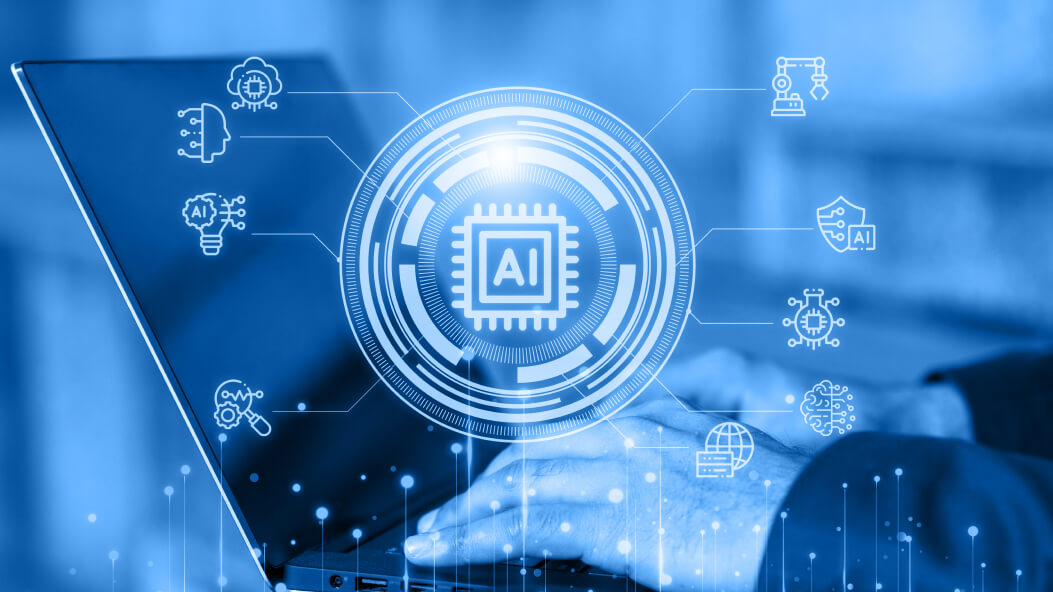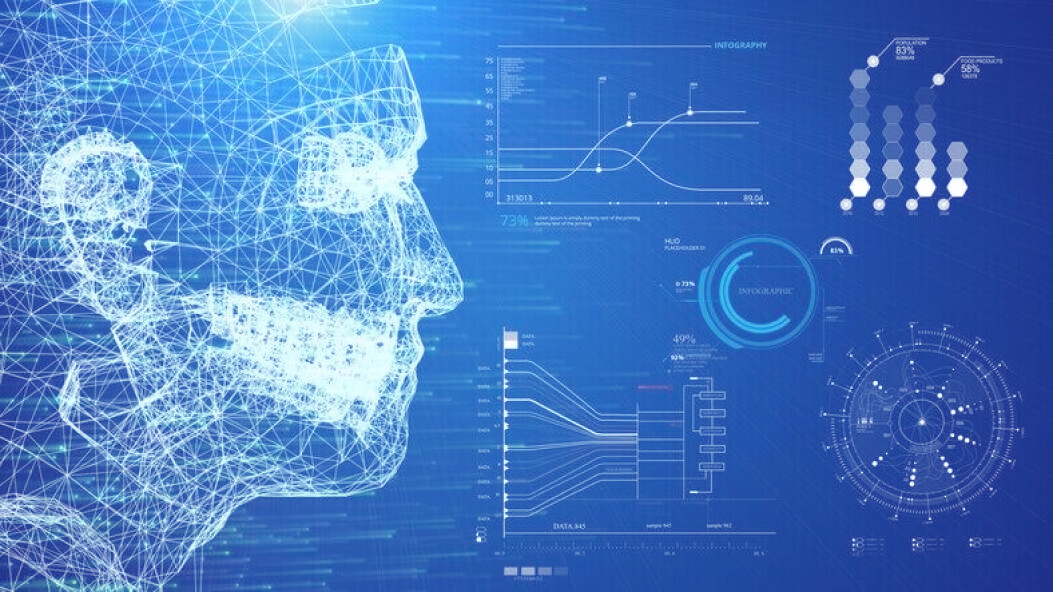In the dynamic world of technology, the race to harness Artificial Intelligence has taken center stage. From self-driving cars to personalized recommendations, AI has woven itself into the fabric of our daily lives. Behind this transformative force are programming languages that serve as the foundation of AI’s capabilities.
The quest to find the best AI languages has become crucial for developers, researchers, and tech enthusiasts alike. In this article, we’ll explore the top programming languages for Artificial Intelligence and decode the essence of coding for AI.
So, fasten your seatbelts as we delve into the realm of the best AI programming languages, where innovation knows no bounds.
Jump to section
1. Python: The Undisputed Champion

When it comes to the best programming language for Artificial Intelligence, Python emerges as an undisputed frontrunner. Renowned for its clean syntax and easy-to-understand structure, Python has become the lingua franca of AI development. Its vast library ecosystem, including gems like TensorFlow, PyTorch, and scikit-learn, empowers developers to create intricate AI models with relative ease.
One of the key reasons behind Python’s dominance is its readability, which accelerates the development process. This is one of the top languages for AI, and its elegance shines through, making complex AI concepts accessible to developers at all skill levels. Python’s compatibility with various platforms and operating systems also contributes to its status as one of the best AI languages.
With Python, the journey of programming for AI becomes a seamless experience. Its versatility extends beyond AI to encompass web development, data analysis, and more. Whether you’re an AI enthusiast stepping into the world of coding or a seasoned developer exploring new avenues, Python stands as a pillar of support in the realm of AI programming.
As we venture further into the landscape of AI programming languages, it’s clear that Python’s influence and capabilities remain unparalleled. Stay tuned as we uncover more contenders in the quest for the best AI programming languages.
2. Java: The Powerhouse of Enterprise AI
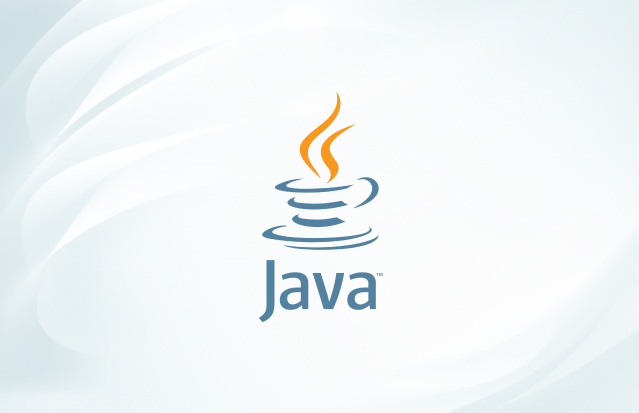
When envisioning the landscape of AI programming languages, it’s impossible to overlook the commanding presence of Java. Renowned for its robustness and versatility, Java has firmly established itself as a powerhouse in AI development, particularly in enterprise solutions.
Java’s reputation as one of the best AI languages is rooted in its ability to deliver high-performance solutions across various domains. Its platform independence and “write once, run anywhere” philosophy make it an ideal choice for crafting AI applications that need to integrate into diverse environments seamlessly.
For those embarking on the journey of programming AI, Java provides a wealth of libraries and frameworks that facilitate the creation of sophisticated AI models. With libraries like Deeplearning4j and Weka, Java enthusiasts have access to tools that enable the construction of intricate neural networks, decision trees, and other AI constructs.
The enterprise world has embraced Java’s reliability and scalability, leveraging its potential to build AI solutions that cater to complex business needs. Whether it’s natural language processing, recommendation systems, or predictive analytics, Java’s adaptability shines through.
As we navigate through the best AI programming languages, Java emerges as a prominent contender, especially for enterprises seeking to harness the potential of Artificial Intelligence.
3. R: Statistical Powerhouse for AI

In the realm of AI programming languages, where data-driven decisions reign supreme, R emerges as a statistical powerhouse. With its roots deeply entrenched in data analysis and visualization, R has earned its place among the best AI languages by providing a rich toolkit for statistical exploration and model development.
When it comes to programming AI, R’s strength lies in its ability to crunch numbers and uncover insights from complex datasets. Equipped with an extensive array of packages like “caret” for machine learning and “ggplot2” for data visualization, R enables developers to craft intelligent systems that learn from patterns and trends.
R is a go-to language for data scientists, and researchers engaged in cutting-edge AI projects. Whether it’s building predictive models, conducting exploratory data analysis, or performing hypothesis testing, R excels in revealing the hidden stories within data.
4. Julia: Pinnacle of Speed and Performance in AI

Whenever uncompromising speed and performance are required in AI programming, Julia comes to the fore. As one of the best AI languages, Julia has made its mark by seamlessly blending the world of high-performance computing with the intricacies of Artificial Intelligence.
For those engaged in programming AI, Julia’s claim to fame lies in its ability to execute complex mathematical operations at lightning speed. Built with a focus on numerical computing, Julia enables developers to create AI models and simulations that deliver accurate results in record time.
In the realm of AI, where vast datasets and intricate algorithms are the norm, Julia’s prowess becomes evident. Its just-in-time (JIT) compilation ensures that code is optimized for execution, minimizing latency and maximizing computational efficiency.
Moreover, Julia’s elegant syntax and design facilitate the creation of expressive AI applications. The language’s support for parallel and distributed computing further enhances its standing as a preferred choice for those who demand both performance and innovation.
5. JavaScript: Powering AI in the Browser

As the digital landscape persists to evolve, integrating AI into everyday experiences has become a prominent goal. Amidst this transformation, JavaScript emerges as a key player in coding for AI, enabling AI-powered functionalities directly within web browsers.
While not traditionally considered among the top programming languages for Artificial Intelligence, JavaScript has found its niche in the AI realm by virtue of its ubiquity and browser compatibility. Its role in creating interactive and dynamic web applications is well-known, and now it extends this influence to the AI landscape.
Developers seeking to infuse AI into their web-based projects can harness JavaScript libraries like TensorFlow.js and Brain.js. These libraries facilitate the creation of AI models that can be executed directly in the browser without complex server-side infrastructure.
From image recognition to natural language processing, JavaScript enables developers to craft AI-driven applications accessible to users across various devices and platforms. This democratization of AI through web-based technologies holds immense potential for shaping the future of digital experiences. As we explore languages for AI and the evolving realm of AI programming, JavaScript stands as a testament to the adaptability and innovation that continues to drive the AI landscape forward.
6. Haskell: Functional Elegance in AI
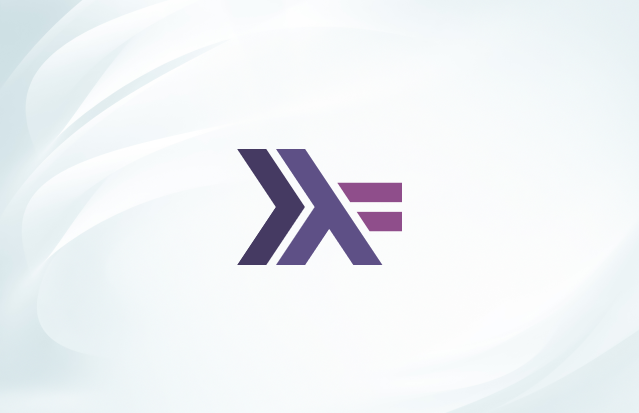
When the pursuit of AI programming is driven by the desire for both elegance and functionality, Haskell takes the stage as a distinctive player. Among the array of top programming languages for Artificial Intelligence, Haskell’s unique approach to functional programming offers a fresh perspective on coding for AI.
Haskell’s functional paradigm emphasizes immutability and declarative programming, setting the stage for elegant AI solutions. This language encourages developers to express complex algorithms and AI models concisely and readably, fostering a deeper understanding of the logic at play.
In the realm of programming for AI, Haskell’s type system and purity ensure robustness and correctness in code, which is crucial for developing intricate AI systems. Its laziness in evaluation further enhances performance by allowing computations to be executed only when needed.
The language’s focus on abstraction and composability aligns seamlessly with the intricacies of AI development, enabling developers to craft sophisticated AI models with clarity and precision.
Conclusion
From the robust versatility of Python to the enterprise prowess of Java, the statistical insights of R, the speed of Julia, and the functional elegance of Haskell, the world of AI programming is a vibrant tapestry woven with diverse languages. Each language brings its unique strengths to the forefront, offering a distinct avenue for developers and enthusiasts to explore.
As you navigate the vast landscape of AI programming, remember that the choice of language is akin to selecting the brush with which you paint your masterpiece. Embrace the one that resonates with your goals and aspirations and embark on a journey that will shape the future of technology.
Feeling uncertain about which AI Programming Language is the perfect fit for your project? Don’t worry! Reach out to the Infrablok Experts and let them be your guiding light. They’ll not only help you pick the optimal technology but also show you how to wield it brilliantly to achieve exceptional results.

